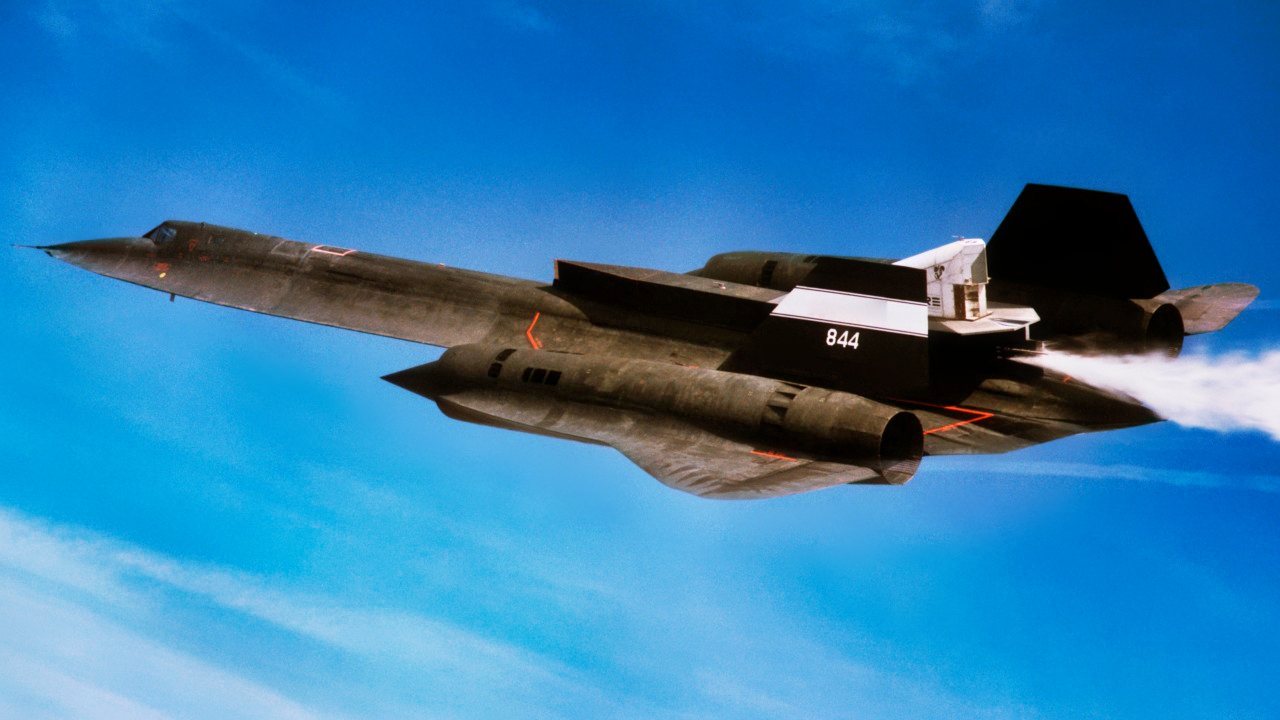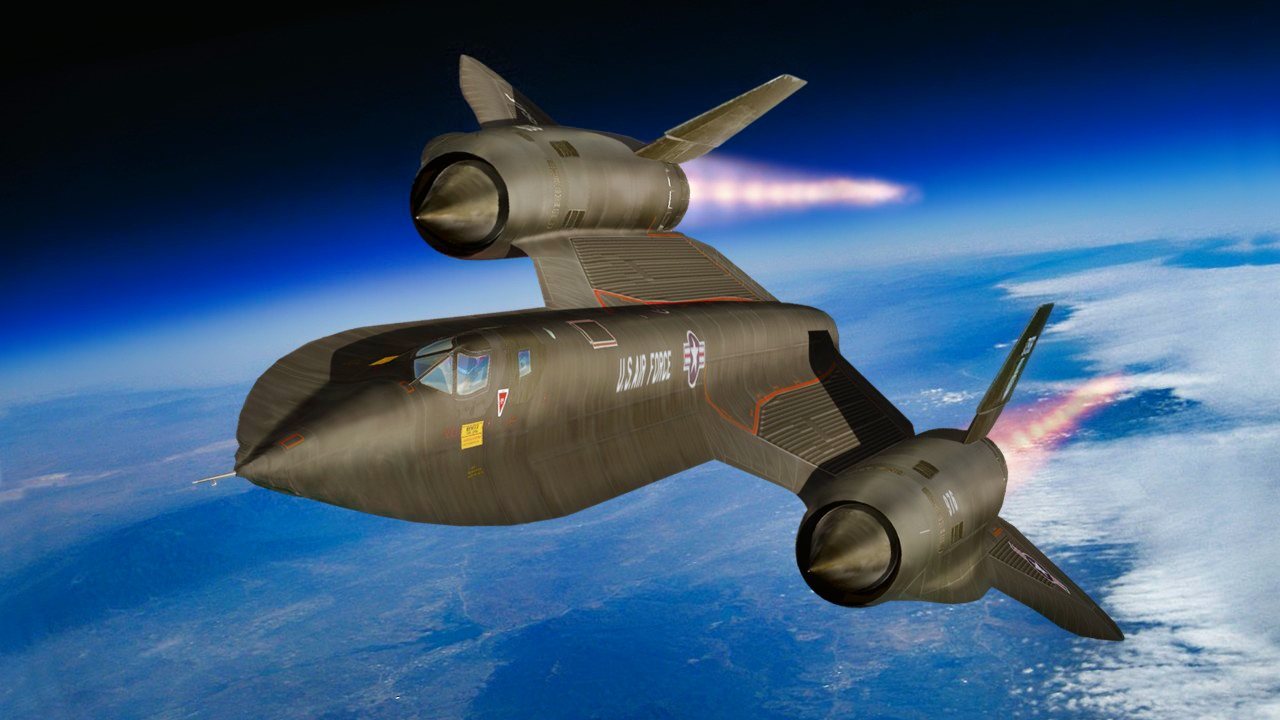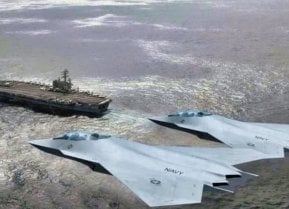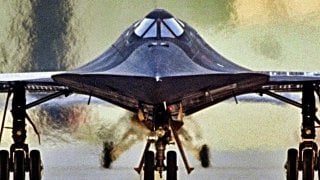Mach 3 SR-71 “Blackbird” Was Decades Ahead of Its Time
Although the SR-71 Blackbird spy plane has been out of service for nearly a quarter-century, it remains unsurpassed in speed, altitude, ingenuity, and its ability to captivate the public’s interest.
Initially, Pratt & Whitney struggled to create an engine with metallurgical properties capable of operating at the speed—and resultant temperatures—the SR-71 required. During development, the original turbines, made from conventionally cast nickel-base alloys, kept cracking from thermal fatigue. To prevent the turbines from cracking at high temperatures, Pratt & Whitney developed the single-crystal turbine blade—a technological breakthrough capable of withstanding the blazing heat required to propel the SR-71 past 2,000 miles per hour.
Despite the heat-resistance innovations, engine temperature was still the limiting factor on the SR-71’s top speed. The “Blackbird” airframe could have gone faster. But Pratt & Whitney refused to warranty or guarantee operation of the J-58 at temperatures in excess of 800 degrees Fahrenheit. Pratt & Whitney warned the SR-71 pilots: beyond 800 degrees all bets are off; “the engine could come unglued or you could shed turbine blades.”
The SR-71 wasn’t just a sprinter. Remarkably, the “Blackbird” could sustain Mach 3 flight continuously, for more than one hour at a time. Maintaining speeds of 2,000 miles per hour, for an hour at a time, caused the SR-71’s surface to reach temperatures exceeding 600 degrees Fahrenheit. Conventional airframe materials weren’t capable of operating under such high temperatures, so the SR-71 was built primarily from titanium. Now, the US didn’t have access to the rutile ore needed to make a titanium airframe. Oddly enough, most of the world’s rutile ore supply was located in the Soviet Union. Procuring the ore required a bit of trickery. The US worked through Third World countries and “bogus operations” to dupe the Soviets into providing the rutile ore—a Cold War coup.
In addition to record-breaking speed, the SR-71 achieved record-breaking altitude. Capable of sustained, horizontal flight at 85,000 feet, no airframe ever flew higher. Between the speed and the altitude, the SR-71 was virtually untouchable. The Soviet’s fastest interceptor, the MiG-25, couldn’t catch or reach the SR-71. That is, assuming the Soviets detected the “Blackbird” in the first place.
Well, the Soviets could likely detect the SR-71. Design chief Kelly Johnson admitted that Soviet radar technology improved at a faster rate than US stealth technology. But two decades before the F-117 debuted as the world’s first-ever stealth fighter, Lockheed’s Skunk Works made several stealth breakthroughs while developing the SR-71. Aircraft shaping methods, radar-absorbing structural edges, radar absorbing coatings, and other design features significantly reduced the SR-71’s radar signature.
Prohibitive costs and the development of cheaper alternatives doomed the SR-71
The SR-71 performed admirably over three decades of service with the CIA, USAF, and NASA. The plane was a technological marvel, introduced well ahead of its time. But as the twenty-first century approached, military planners decided to decommission the spy plane.
While the SR-71 was never shot down in thirty years of service, Russian surface-to-air missile technology was progressing to the point where experts feared the SR-71 would be vulnerable. The S-300 missile defense system especially had experts concerned for the safety of “Blackbird” crews. Similarly concerning was the new MiG-31. Interception was not the only concern, however.

In the sobering light of the post-Cold War ’90s, the remarkable cost required to operate a fleet of SR-71s began to seem untenable. Air Force Secretary Edward C. Aldridge Jr. once estimated that the money used to operate the SR-71 fleet could operate and maintain two tactical fighter wings. That’s nearly 50 aircraft. One of the reasons the SR-71 was so expensive to operate, was because it required so much specialized equipment and maintenance.

To illustrate the point: The SR-71 required specialized fuel, known as JP-7. The JP-7 fuel was custom-created for the SR-71 with an ultra-low flashpoint, meaning that it would not explode when exposed to the extreme heat and pressure created during an SR-71’s normal flight operations. JP-7 was so stable, one could drop a lit match into a tank and the match would extinguish rather than explode. But because JP-7 was so stable, a specialized engine ignition system was created, using triethyl borane-based chemicals to cause an explosion sufficient to ignite the JP-7 and start the Pratt & Whitney engines. The fuel even required a specialized tanker for mid-air refueling, the KC-135 “Q” variant.

Obviously, the costs of maintaining so much specialized equipment added up. And by the 1990s, the US had surveillance satellites and unmanned aerial vehicles that were fully capable of handling the SR-71’s mission profile, rendering the SR-71 an indulgent redundancy. In 1998, the “Blackbird” was retired.

Although the spy plane has been out of service for nearly a quarter-century, it remains unsurpassed in speed, altitude, ingenuity, and its ability to captivate the public’s interest.
About the Author
Harrison Kass is a prolific defense writer with over 1,000 articles published. An attorney, pilot, guitarist, and minor pro hockey player, he joined the US Air Force as a Pilot Trainee but was medically discharged. Harrison holds a BA from Lake Forest College, a JD from the University of Oregon, and an MA from New York University. He lives in Oregon and listens to Dokken. Follow him on Twitter @harrison_kass. You can email the author: [email protected].
Main image is Creative Commons. All other images are from Shutterstock.


